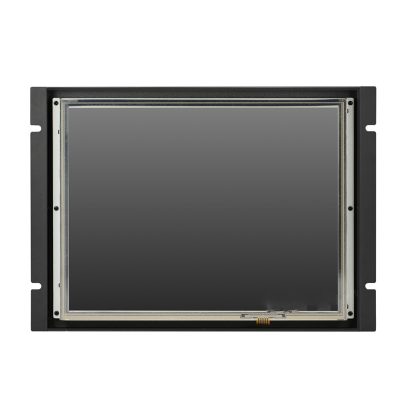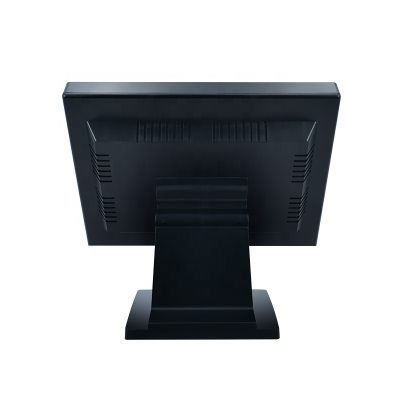LED video walls and projection screens are two popular display technologies, each with its own set of advantages and limitations. Choosing between them depends on your specific needs and requirements. Let’s compare LED video walls and projection screens in various aspects:
1. Image Quality:
- LED Video Walls: LED video walls typically offer higher image quality with vibrant colors, sharpness, and high contrast ratios. They are suitable for well-lit environments and large, high-definition displays.
- Projection Screens: Projection screens can provide excellent image quality, but they may not match the brightness, contrast, and color accuracy of LED video walls, especially in brightly lit spaces.
2. Brightness and Visibility:
- LED Video Walls: LED displays are inherently bright and are well-suited for outdoor use or areas with a lot of ambient light. They maintain consistent brightness over time.
- Projection Screens: Projectors rely on ambient light control to ensure good visibility, and they may struggle in well-lit environments. Brightness can degrade over time, necessitating lamp replacements.
3. Size and Scalability:
- LED Video Walls: LED video walls can be customized to virtually any size and shape by adding or removing panels, offering scalability and flexibility.
- Projection Screens: The size of a projection screen is limited by the projector’s throw distance and the available space. Creating very large displays may require multiple projectors and careful calibration.
4. Installation and Maintenance:
- LED Video Walls: LED video walls require professional installation, but once in place, they are relatively low maintenance, with no need for regular lamp replacements. Cleaning and occasional pixel maintenance are required.
- Projection Screens: Projectors need precise calibration, and regular maintenance includes changing projector bulbs, cleaning filters, and potentially aligning the image periodically.
5. Cost:
- LED Video Walls: LED video walls can be more expensive upfront due to the cost of the LED panels and installation. However, they tend to have lower operating costs and longer lifespans.
- Projection Screens: Projectors themselves can be more affordable, but the overall cost increases when considering installation, replacement lamps, and maintenance.
6. Portability:
- LED Video Walls: LED video walls are less portable due to their size and weight. They are typically fixed installations.
- Projection Screens: Projection screens can be set up in various locations, making them more suitable for temporary or portable setups.
7. Interactivity:
- LED Video Walls: Some LED video walls support touch or gesture-based interactivity, making them suitable for interactive applications.
- Projection Screens: Interactive capabilities can be added to projection screens using interactive projectors or accessories.
8. Application Specifics:
- LED Video Walls: Best suited for applications where high brightness, image quality, and durability are essential, such as outdoor advertising, retail displays, and large event venues.
- Projection Screens: Ideal for scenarios like home theaters, classrooms, conference rooms, and smaller event spaces where a larger, high-quality display is needed.
In summary, LED video walls excel in terms of image quality, brightness, and durability, making them suitable for demanding commercial and outdoor applications. Projection screens offer affordability, flexibility, and portability, making them a good choice for various indoor settings. The choice between the two should consider your specific use case, budget, and environmental conditions.















